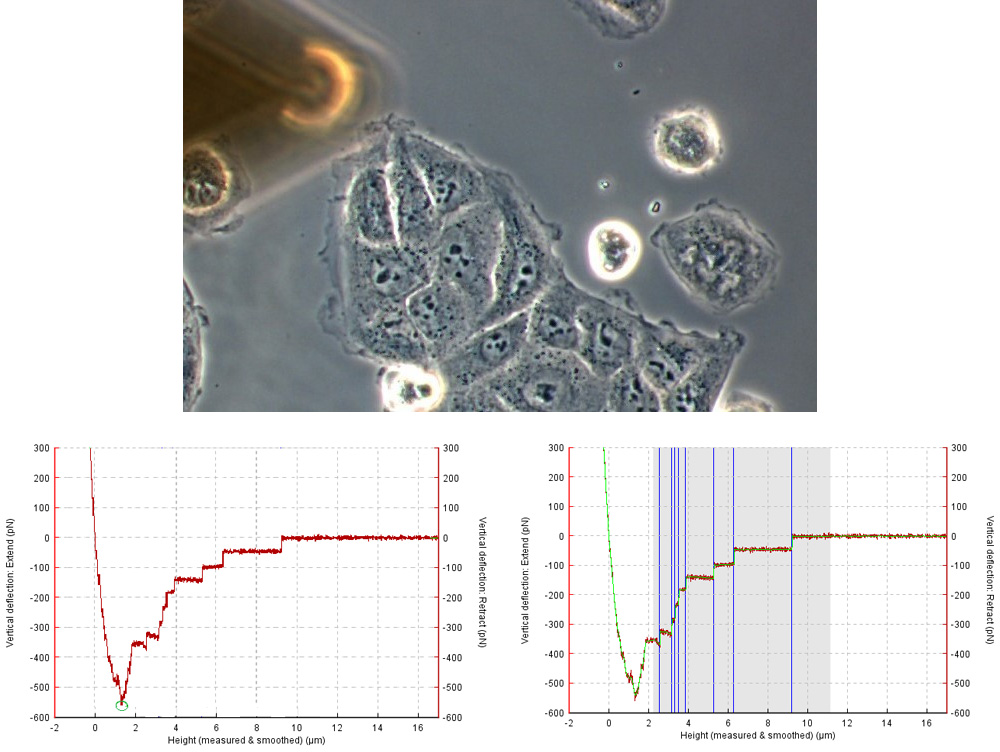CellHesion Module
Accessory for NanoWizard AFMs
The Bruker JPK CellHesion Module is an add-on for NanoWizard AFMs, for measuring cell adhesion and cell mechanics.
- Long range force experiments with 100µm additional sample z-travel
- Measure single molecules, entire cells, tissue, organelles and embryos
- Simultaneous focus tracking (optional)
- Integrates with advanced optical imaging eg DIC, phase contrast, fluorescence, confocal microscopy, super-resolution, FRET, FLIM, etc.
Contact us for more information and quotes:
+44 (0)1223 422 269 or info@blue-scientific.com
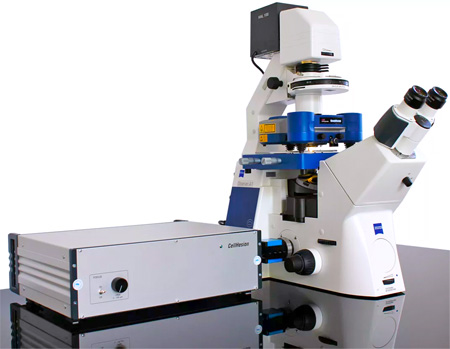
Cell-Cell Adhesion
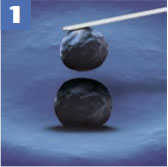
A single living cell is chemically bound to the cantilever sensor (eg with a fibronectin coating) under optical control.
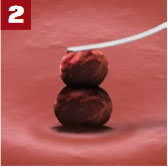
The cell is brought into contact with the binding target on the substrate using a defined force. The binding target could be a molecular layer, implant surface, single cell or confluent monolayer. The substrate can be a slide, coverslip or Petri dish.

After a specified length of time, the cantilever is retracted vertically (on the z-axis) using a piezo actuator. This separates the cell from the substrate cell.
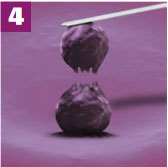
If there is adhesion, the cell resists the effort to remove it. This bends the cantilever, which is measured by a detector.
In physical terms, the cantilever is a leaf spring, so the adhesive force and energy can be calculated by measuring the bending.
This enables you to identify single-molecule binding events that contribute to the adhesion. By repeating the test with various cells, targets and conditions you can collect statistically relevant information.
Cell-Substrate Adhesion
The force vs. distance curve, enables you to calculate:
- Single molecule events
- “Work of removal”
- Tether formation
- Maximum adhesion force
- Viscoelastic parameters
Example Applications
- Stiffness and elasticity mapping
- Single cells to substrates and tissues
- Cell-cell and cell-substrate interaction
- Cell adhesion and tether formation
- Biomaterial studies, biofouling, biosensors, capsules
- Implant coatings and cellular biochips
- Microbiology and virus research
- Pharmaceuticals eg drug delivery mechanisms
- Food, paper and textiles eg fibres, coatings and powders in air or liquid
- Binding studies eg receptor/ligand and antibody/antigene
- Testing functionalised surfaces


